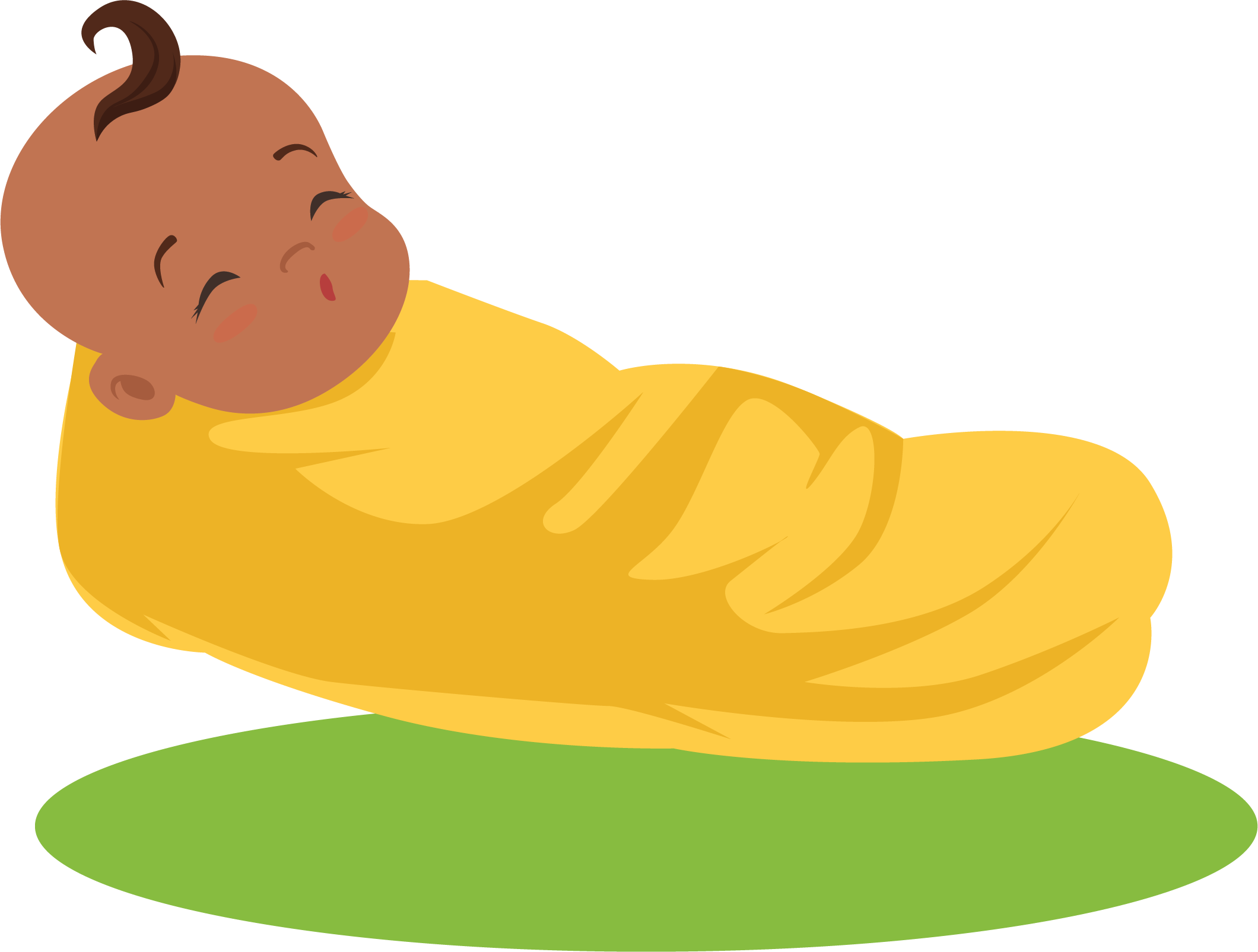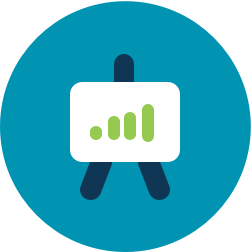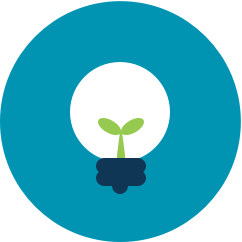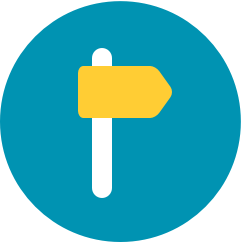- At 2 months, baby pays attention to faces, begins to follow things with eyes and recognize people at a distance, and acts bored or fussy if activities don’t change.
- At 4 months, baby lets you know if she is happy or sad, responds to affection, reaches for toys with one hand, uses hands and eyes together (such as seeing a toy and reaching for it), follows moving things with eyes from side to side, watches faces closely, and recognizes familiar people and things at a distance.
- At 6 months, baby looks around at things nearby, shows curiosity and tries to reach for things, brings things to mouth, and begins to pass things from one hand to the other.
Ideas for Learning and Growth
How you can help your 2-month-old’s development:
- Talk, read, and sing to your baby.
- Play peek-a-boo. Help your baby play peek-a-boo, too.
- Place a baby-safe mirror in your baby’s crib so she can look at herself.
How you can help your 4-month-old’s development:
- Have quiet play times when you read or sing to your baby.
- Give age-appropriate toys to play with, such as rattles or colorful pictures. Play games such as peek-a-boo.
How to help your 6-month-old’s development:
- When he drops a toy on the floor, pick it up and give it back. This game helps him learn cause and effect.
Get Support
Get a developmental screen: the Ages and Stages Questionnaire is a child development screener that allows you to check in on how your child is growing and learning.
Get A Developmental Screen





